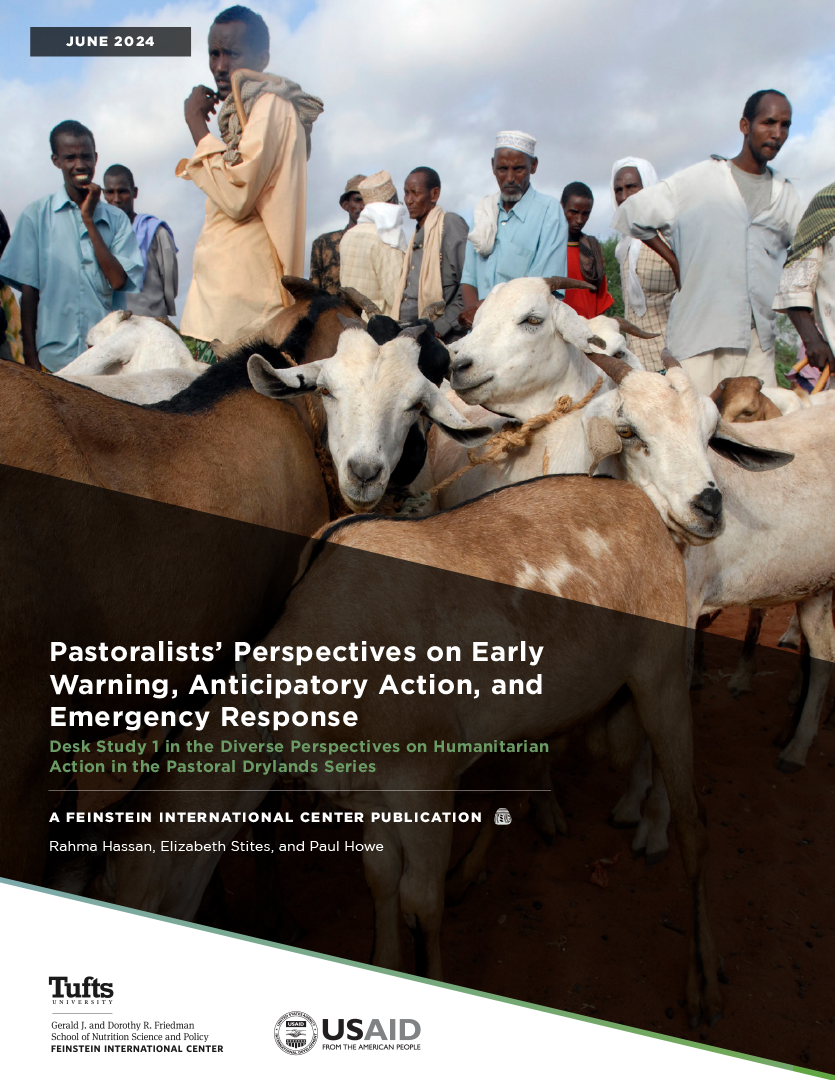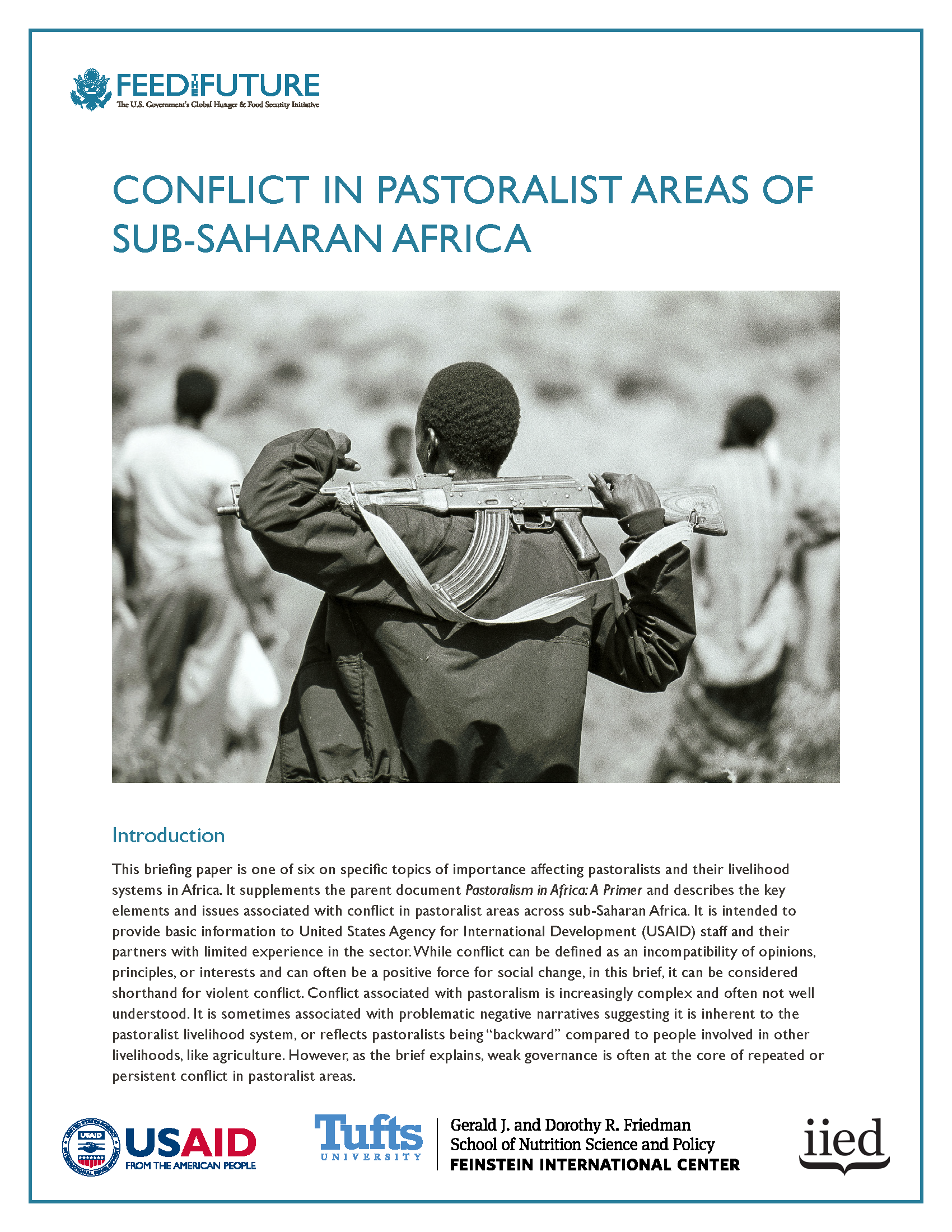Afghanistan has been a testing ground for a key aspect of counterinsurgency doctrine, namely that humanitarian and development projects can help to bring or maintain security in strategically important environments, and by “winning hearts and minds” undermine support for radical, insurgent, or terrorist groups. The assumption that aid projects improve security has lead to a sharp increase in overall development funding, an increased percentage of activities programmed based on strategic security considerations, and a shift of development activities to the military. Given what is at stake, it is essential that policy makers understand whether and how aid projects can actually contribute to security.
This third Afghanistan provincial case study examines the use of aid, including “Quick Impact Projects” (QIPS), from 2006-08 to attempt to produce stability in an area of Afghanistan which has been among the most insecure and which has been a major focus of financial and human resources.
Insecurity in Helmand was found to be largely the result of the way the post-2001 distribution of power and resources favored certain tribal groups at the expense of others. Winners in this “carve-up” consolidated their positions in part through predatory taxation, political influence, and violence, as well as the use of development funding as patronage. Those who were losers in this were made vulnerable to Taliban infiltration and offers of protection. Additional grievances were provided by uneven eradication of opium poppy, the inability of the international community to stop the predatory behavior, and civilian casualties and other consequences of NATO military activity.
As in the other study provinces, respondents provided consistently negative perceptions of international development assistance, especially with respect to corruption, insufficient activity, and inequitable distribution of benefits. Security appeared to be the most pressing concern of communities, more so than development projects. In fact, the difficulty in providing security to deter Taliban incursion reduced the population’s willingness to engage with the government and the reconstruction process. Respondents inferred that international forces were responsible for the deteriorating security situation in much of the province, although responses were somewhat more positive about international forces in the provincial center, which had not experienced so many de-stabilizing factors as the outlying areas.
While broad consensus existed within the UK government that QIPS could help to provide security and kick-start public service delivery in the short term and in advance of the consolidation of Afghan state institutions in the longer term, each of the three main government departments had its own views of the utility, underlying purpose, and benefits of the QIPs program. This resulted in controversies within the PRT, not least because the assumptions concerning these benefits had organizational and tactical implications.
The study highlights the challenges inherent in using aid as an instrument of security policy. The “ink spot” strategy intended to create islands of security which would then spread to outlying areas relied upon a stabilization program that appeared to have little traction in the areas outside of the main towns. The author concludes that the stabilization model focused on the wrong drivers of conflict – on the lack of development and government presence rather than on poor governance and insecurity.
The findings have implications for the effectiveness of aid projects as a stabilization tool. This provincial case study is the fourth of five anticipated case studies, and is part of a larger comparative study in Afghanistan, Pakistan, and the Horn of Africa of the effectiveness of development assistance in promoting stabilization objectives. The research has been generously supported by the Afghanistan Research and Evaluation Unit, and the governments of Australia, Norway and Sweden.







